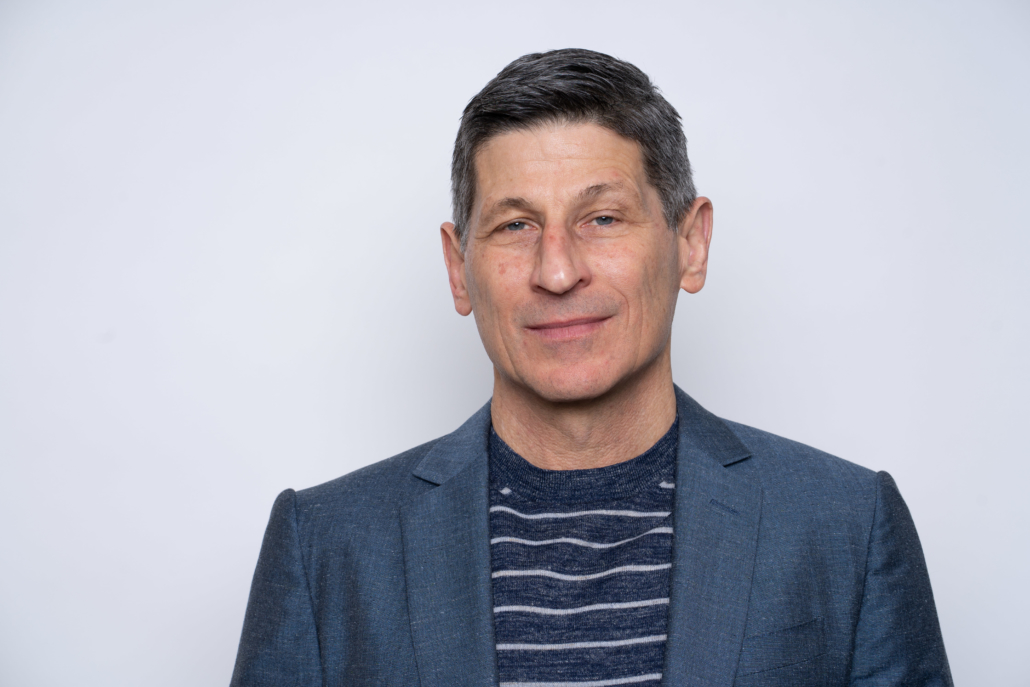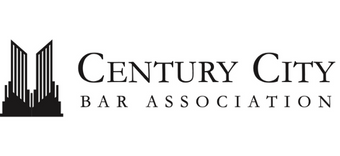
By Phillip Maltin, Esq., Raines Feldman, LLP
People want to catch liars. In fact, some professions put a premium on that skill: law enforcement, insurance, human resources, and law. For lawyers, the ability to expose deceit helps in case selection, deposition, and trial. To learn the skill, many lawyers look to the “science” of body language. However, body language is a field packed with pseudo-science, some of which is unintentionally amusing. Consider the G20 summit in 2017, when Donald Trump and Vladimir Putin sat next to each other while displaying peculiar hand gestures. Trump held his fingertips together (between his legs) in the shape of an inverted triangle. Putin sat with his elbows resting on the chair arm (hands in front of him) with his right index finger pointing to and entering the closed-fist of his left hand. Many body language “experts” identified these as sexual symbols, with Trump flashing a female symbol, and Putin a male “penetration” symbol. While science can be entertaining, here science is absent, as it is in most of the claims popularly made about body language and deception detection. Science has uncovered no one behavior that signals dishonesty, though the mythology linking behavior to deception, and dominance, persists. The desire to determine by behavior alone when a person is lying is nothing less than the will to read minds.
The folklore claiming liars have universal “tells” or dishonesty signals is difficult to overcome. No one behavior denotes dishonesty across all cultures and all circumstances. However, some actions can indicate that a person is lying. For example, liars can appear nervous. (DePaulo, et. al 2003.) They can use less hand movements to illustrate language (perhaps a sign of discomfort). They sometimes take up less of the conversation, make less sense, and appear less likable. (Id.) These cues are generally weak. In fact, recent research concludes that deception cues scientists sometimes identify, and find “highly significant in one study . . . vanish or even reverse in the next.” (Levine 2018.) Moreover, truthful people can appear dishonest, particularly in depositions and at trial, when they feel nervous.
In England, scientists Thomas Ormerod and Coral Dando wished to test which method is more effective at identifying deception: suspicious signs analysis (meaning body language interpretation) or controlled cognitive engagement (or questioning techniques). (Omerod et al. 2015.) They trained one set of security agents at international airports in Europe in suspicious signs analysis, and another in controlled cognitive engagement. They then recruited “mock” passengers to try to pass through security undetected. These pseudo-travelers received an apparently valid plane ticket and a brief but deceptive cover story. The researchers promised a financial reward if the mock passenger could deceive the security agents. The study found the agents trained in questioning techniques were 24 times more likely to catch the liars. They detected 66 percent of the phony travelers, while the agents trained in body language found only 5 percent.
The READ System
The “READ” system is a questioning and observation technique for exposing liars. Each letter in the name refers to a necessary step in the process of drawing from people the best information of the highest quality when questioning them. The best way to uncover a lie is to (i) Research—prepare, know what happened and know your witness or “target”; (ii) Examine—question well, strategically reveal significant information target is unaware that you know, (iii) Analyze—evaluate answers for illogic and behavior for “hotspots” of emotion or seemingly meaningful clusters of behavior; gently press to understand what’s behind them; and (v) Doubt—continue to question to uncover information, not to confirm preconceptions; conclude a person is lying only when substantial evidence supports that conclusion.
Research
The American President, Abraham Lincoln, famously said, “Give me six hours to chop down a tree and I will spend the first four sharpening the axe.” Lack of preparation makes a questioner uninformed and clumsy. It causes unfocused inquiries that often challenge the questioner’s self-confidence, waste time, and uncover little useful information. In contrast, people who prepare, and observe the details, can uncover unexpected evidence that can help catch liars. Each situation calls for unique pre-questioning preparation. The creativity in catching liars starts with thoughtful preparation.
For example, while on vacation, a father took a family portrait using a digital camera. He arranged his family, set the timer, and got a photo. He had placed his camera bag, including his wallet, cash, credit cards, keys, and iPad, several feet behind the family as they stood for the photo. When he turned around, the bag was gone. The father searched the area. It then occurred to him that he might have caught the thief on camera. He looked at the photo he took of his family and saw a person grabbing his things in the background. Police found the thief in the area within minutes.
Successful questioners begin by exploring unmapped areas where helpful information may lay hidden—sometimes in plain sight. Trying to catch a liar means getting out of your chair and looking for information. Answers come through effort, information, and vigilance.
Examine
Effective questioning is at the core of deception detection. A well-formed question comes from practiced listening and polished thinking. Yet, most people lack the skill to form good questions. We’ve all seen these bad communicators, some of whom question people for a living, like lawyers, law enforcement agents, human resources executives, and insurance professionals. Worse, research shows that professionals in fields calling for nimble questioning often have unfounded confidence in their ability to identify liars. The talent to artfully question others is indispensable to uncovering lies, and most people don’t have it.
Gathering information is easier if the questioner encourages people to talk. Here’s how:
Lower The Witness’s Anxiety. Calm an anxious witness and gently reinforce the need to cooperate.
Preserve An Open, Curious Mind. Let curiosity the inquiry. A successful investigator must curb preconceptions before the interview starts. Early conclusions are often inaccurate. The questioner must search for the truth, not for evidence confirming her suspicions.
Listen. Listen to and understand every answer before asking the next question. Otherwise, information passes “in plain sight” and investigations fail.
Question With An Even-Temper. Display an even temper. Angry people often lose their advantage. Moreover, anger and emotion disrupt the process. Browbeating a witness means the questioner has lost control.
Start with Open-Ended Questions. Begin with a question designed to invite a broad description of the event under inquiry. Good questioners want as much information as they can get. They do this by keeping people talking with open-ended questions. Here are some examples: “tell me what happened,” or “what happened next,” or “what did you do?” Research suggests the less words needed to answer a question, the easier it is to lie. (Frank et al. 1997.) Lies make less sense than the truth. Liars seem less certain of their story, and their stories are less plausible than the truth. (DePaulo 2003.)
Strategically Withhold Information; Tactically Disclose It. Time your disclosure of information. Never begin a subject by telling the “target” what you know. Ask first what the “target” knows, and exhaust that person’s information before revealing what found during your pre-investigation research. (Par Anders Granhag et al. 2012.)
Analyze
The most comprehensive research on dishonesty is a meta-analysis covering 120 studies and 158 cues to deception. (DePaulo et al., 2003.) It reveals that most behaviors bear a weak connection to deception, if any. Subsequent research confirms that people do better at naming behavior associated with dishonesty, than they do at catching people in a lie. (Hartwig et al. 2011.) Maria Hartwig, a researcher in New York, observed a “general tendency for cues to be more strongly related to perceived deception than actual deception.” (Hartwig p. 651) People appear to know what to look for but not how to find it.
While behavior as a deception cue is less reliable than words, it can draw the observant questioner into areas needing inquiry. For example, a connection exists between lies and a lack of cooperation. Liars are less positive and pleasant than truth-tellers. They are more tense and nervous. They speak in a higher-pitched voice. Their pupils dilate. (DePaulo et al. 2003.) These criteria are nuanced. They should invite suspicion, curiosity, and further inquiry.
Doubt
Research consistently confirms that just about everyone correctly identifies liars at the level of chance. Moreover, people who think they are good at spotting liars tend disbelieve the truth, but are no better at catching liars than anyone else. Why is this? “Part of the problem is that people who stand falsely accused of lying often exhibit patterns of anxiety and behavior that are indistinguishable from those who are really lying.” (Kassin et al. 1999.)
To protect against confirming a bias, the lie-catcher must doubt her conclusions, and search for evidence that confirms the lie or establishes the truth. The questioner must use doubt logically, tactically and consistently, and resolve all suspicions in favor of honesty. Do not presume dishonesty. The skillful questioner uses facts. She is circumspect in her conclusions and humble with her skill. Require robust, logical and lasting proof before concluding a person is lying. Anything less than sturdy evidence is too weak.
Phillip R. Maltin is a partner and department chair at Raines Feldman LLP, in Los Angeles, California. He advises on employment and commercial law, supervises litigation in both areas, and speaks on deception detection and workplace investigations across North America and England. pmaltin@raineslaw.com
